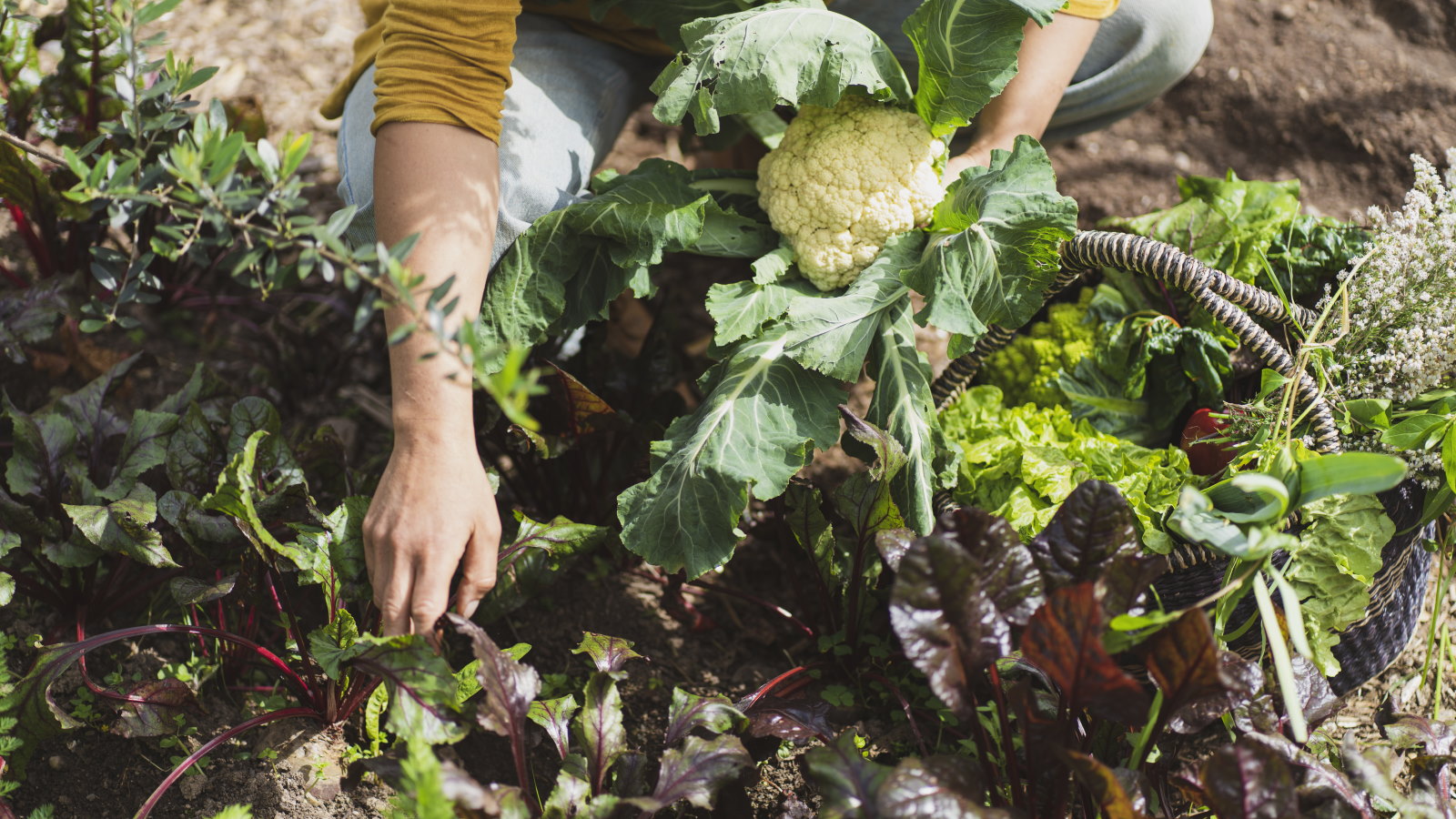
Sowing and growing homegrown vegetables is an enjoyable year-round hobby, and there are several crops you can plant even in the early weeks of the year. Many growers will start their vegetables off come spring, but you can get ahead of the game by sowing some seeds in January.
In my days as a professional kitchen gardener, I was growing vegetables year-round for chefs. This meant that I had to sow crops early in the year to extend the potential cropping season for as long as possible - for example, I started growing tomatoes in January - and was also sowing and cropping microgreens through winter.
You may need extra equipment to give seedlings the heat and light they require in January to develop into healthy vegetable plants. I was fortunate to have a greenhouse and grow lights at my disposal, but a simple homemade growing setup need not break the bank. Bearing that in mind, we take a look at eight vegetables you can consider planting in January.
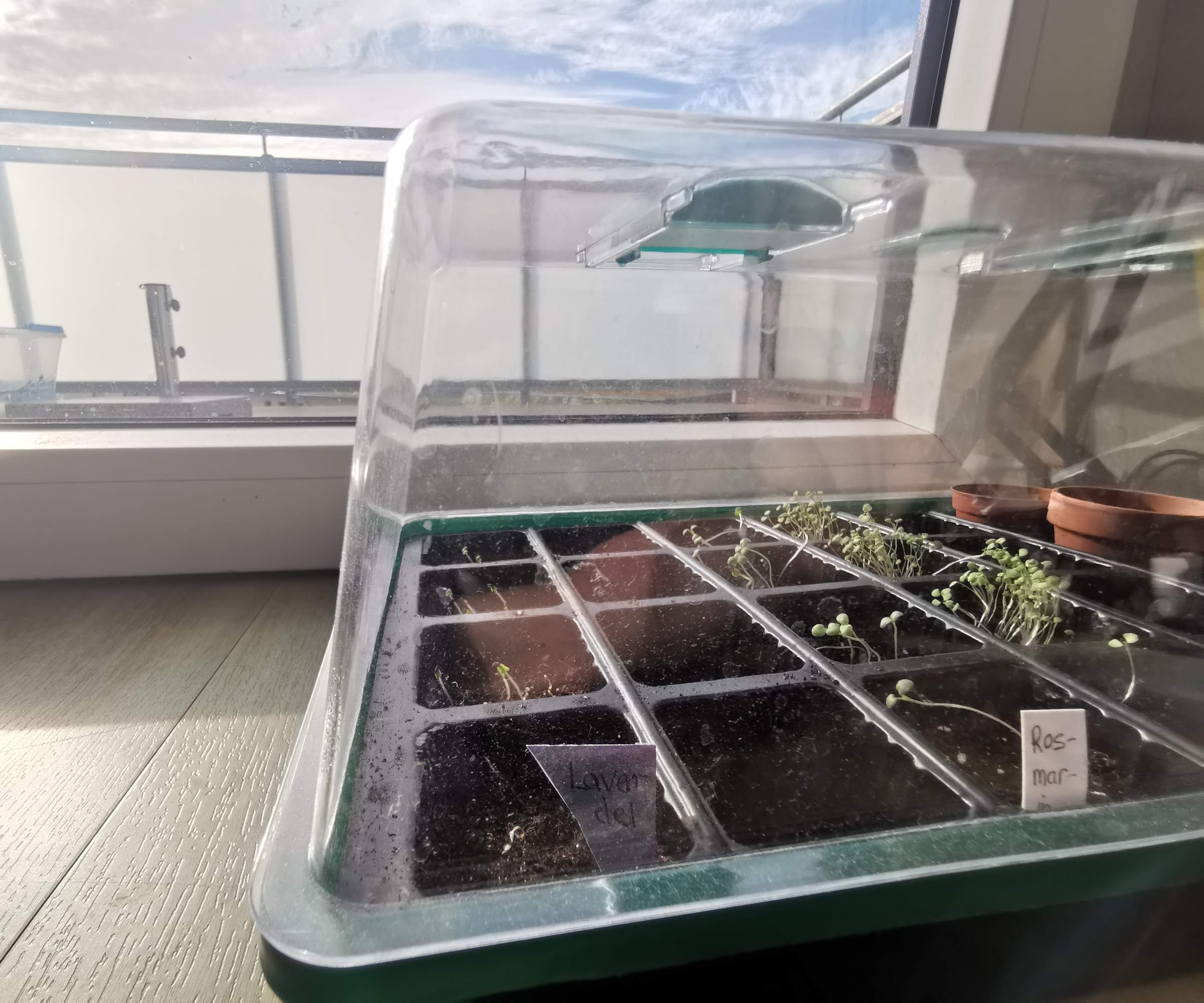
What you need for successful January sowings
Any plants you sow in January, whether they are vegetables, flowers, or herbs, will benefit from a bit of protection and a controlled environment. A heated greenhouse is ideal for starting vegetables off in January, but you can have success by growing them on a warm windowsill.
A heated propagator, heat mat, and grow lights can help supplement the natural levels around to help you have healthy seedlings.
If you do not have a set-up to provide lots of heat and light to young plants, then it may be better to wait until next month to start - otherwise, you risk leggy seedlings that will not always develop into healthy crops.
This deluxe propagation kit comes with a vented dome, high output T5 fluorescent grow light, and a Super Sprouter seedling heat mat - it has all you need to start seedlings even during the winter months
1. Cabbage

You can sow different types of cabbages throughout the year for a long harvest of these hugely popular brassicas. Summer cabbages can be sown come the end of January undercover, ready to be planted out into the garden come late March or April.
Summer cabbages tend to have tight ball-shaped heads and these will provide a harvest from June onwards. Summer cabbages follow on from the hardier spring cabbages and provide the harvest until winter cabbages are ready to pick come fall onwards.
To sow cabbages indoors in January, sow the seeds into module trays or seed trays filled with a good seed sowing compost and give them temperatures of 60-70°F to germinate.
Prick out and pot up seedlings as required and keep them moist as they develop, before planting out into the vegetable garden after a period of hardening off. One hugely popular summer cabbage to consider growing is Cabbage Golden Acre, with seeds available at True Leaf Market.
2. Cauliflower
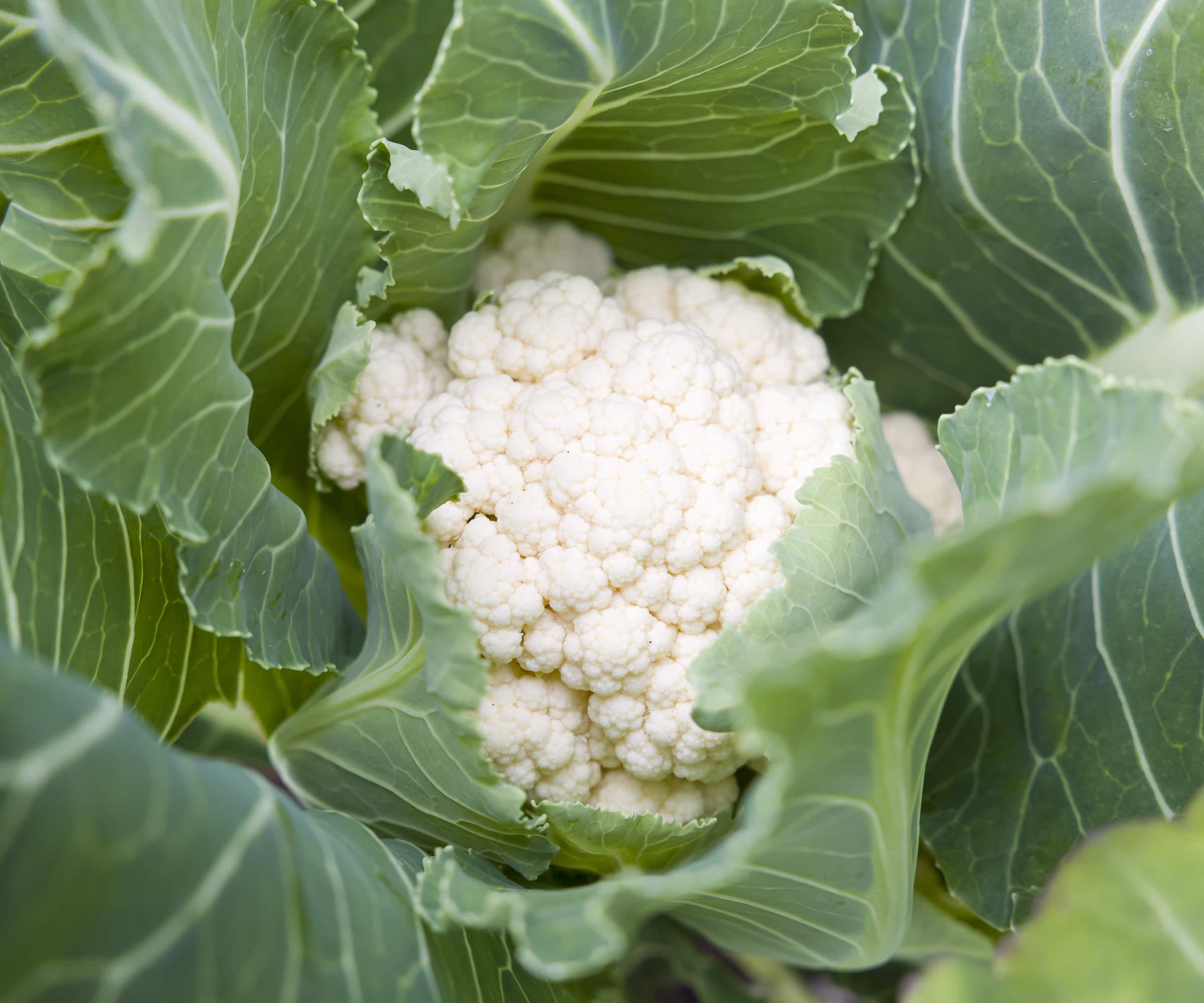
You can start early types of cauliflowers indoors from the middle of January onwards. Sow them into small pots, or large modules, filled with quality seed compost and germinate the cauliflowers at temperatures of 70-80°F.
It is better to use individual pots or larger modules, rather than small cell trays, as cauliflowers quickly develop strong roots and can get root-bound in smaller cells.
The seeds should germinate and develop quickly, ready for the seedlings to be transplanted into the garden from March onwards.
Young seedlings will benefit from being protected by horticultural fleece or cloches to protect plants from frosts. An early indoor sowing will give you early harvests of delicious white heads of cauliflower. One variety of cauliflower that is ideal for sowing early is ‘Early White Hybrid’, with seeds available at Burpee.
3. Eggplant
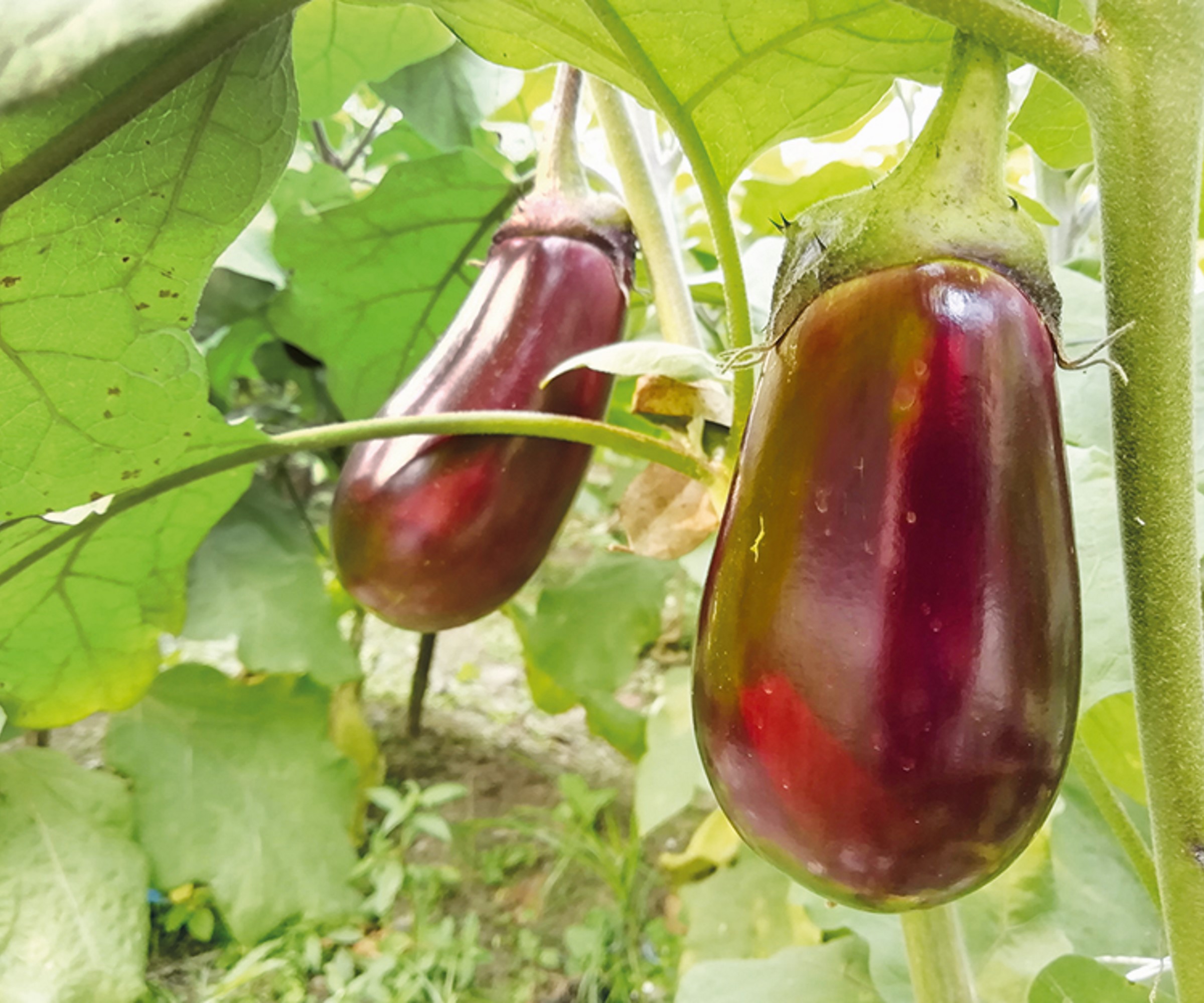
Eggplants, also known as aubergines elsewhere in the world, are one plant that has a very long growing season.
It can take up to six months to go from sowing the seed to getting that first eggplant harvest. Therefore, if you do have the set up to sow them early and have the right spot to plant them in spring - whether indoors as part of planning a greenhouse or polytunnel, or outdoors in warmer climates - then you can get ahead with a January sowing.
Sow the seeds into individual pots or modules and germinate them at temperatures of 60-70°F. Temperatures can be a common growing mistake with eggplants, that magic 60°F marker is required throughout its lifespan. It needs that temperature to germinate and any growth will halt if it drops below 60°F throughout its long growing season.
You can shop the range of eggplant seeds at Burpee
4. Fava Beans
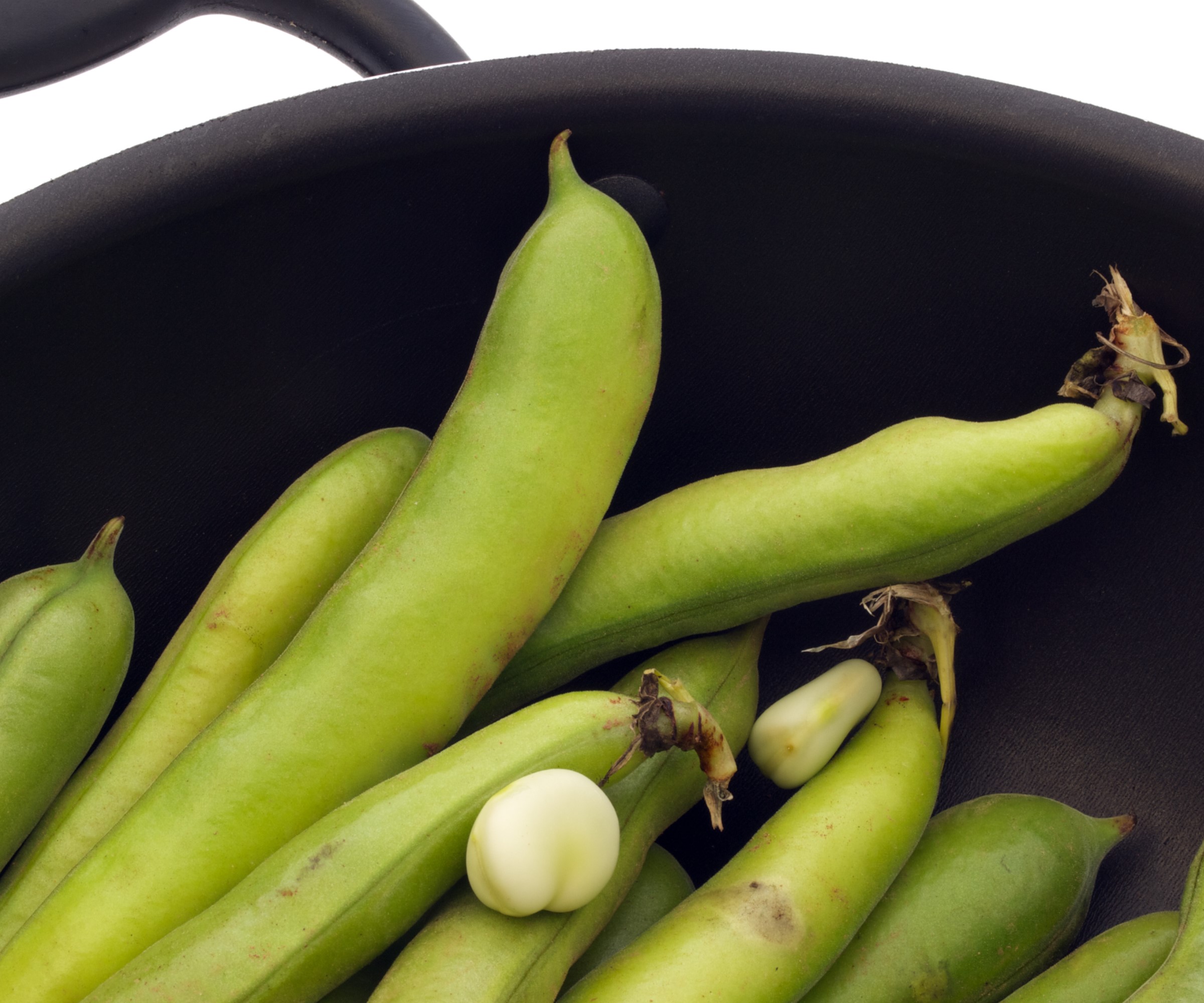
You can plant fava beans in several different windows. They are a crop that can be planted in October directly into the kitchen garden, or you can also plant fava beans outdoors in late winter or early spring.
I tended to grow fava beans by starting them indoors in pots in January, ready to plant them out into the garden come spring. The 'Aquadulce' type of fava bean was always a go-to type to sow in January for me.
Starting them indoors eliminates the risk of beans getting nibbled by mice, or the seeds rotting in wet soil, and it also means an earlier crop come summer.
Fava beans do not need the high temperatures of many other seeds and will germinate at anything above 45°F. After about six weeks of growing indoors, they will be ready to be planted outdoors after a period of hardening off.
I commonly sowed 'Aquadulce' fava beans indoors in January when running vegetable gardens. It germinates reliably early in the year and is a proven variety for great fava bean harvests.
5. Mizuna

Mizuna is a very fast growing vegetable and the spicy Japanese leaves can be grown throughout the year - either as young cut-and-come-again leaves that can provide a crop within a month or left to develop into mature greens.
During winter, mizuna is an ideal crop to grow undercover. These Asian leaves are great vegetables to grow in a greenhouse, or they can grow happily in a cold frame or under cloches - such as the Tierra Kitchen Garden Cloche available at Walmart.
Sow the mizuna seeds thinly around half an inch deep into the ground in rows six inches apart, or into pots - they are an excellent crop for a vegetable container garden.
Keep the seedlings moist and out of direct sunlight, as hot and dry conditions will cause mizuna to bolt. Start harvesting the young leaves once they reach at least three inches long.
6. Onions
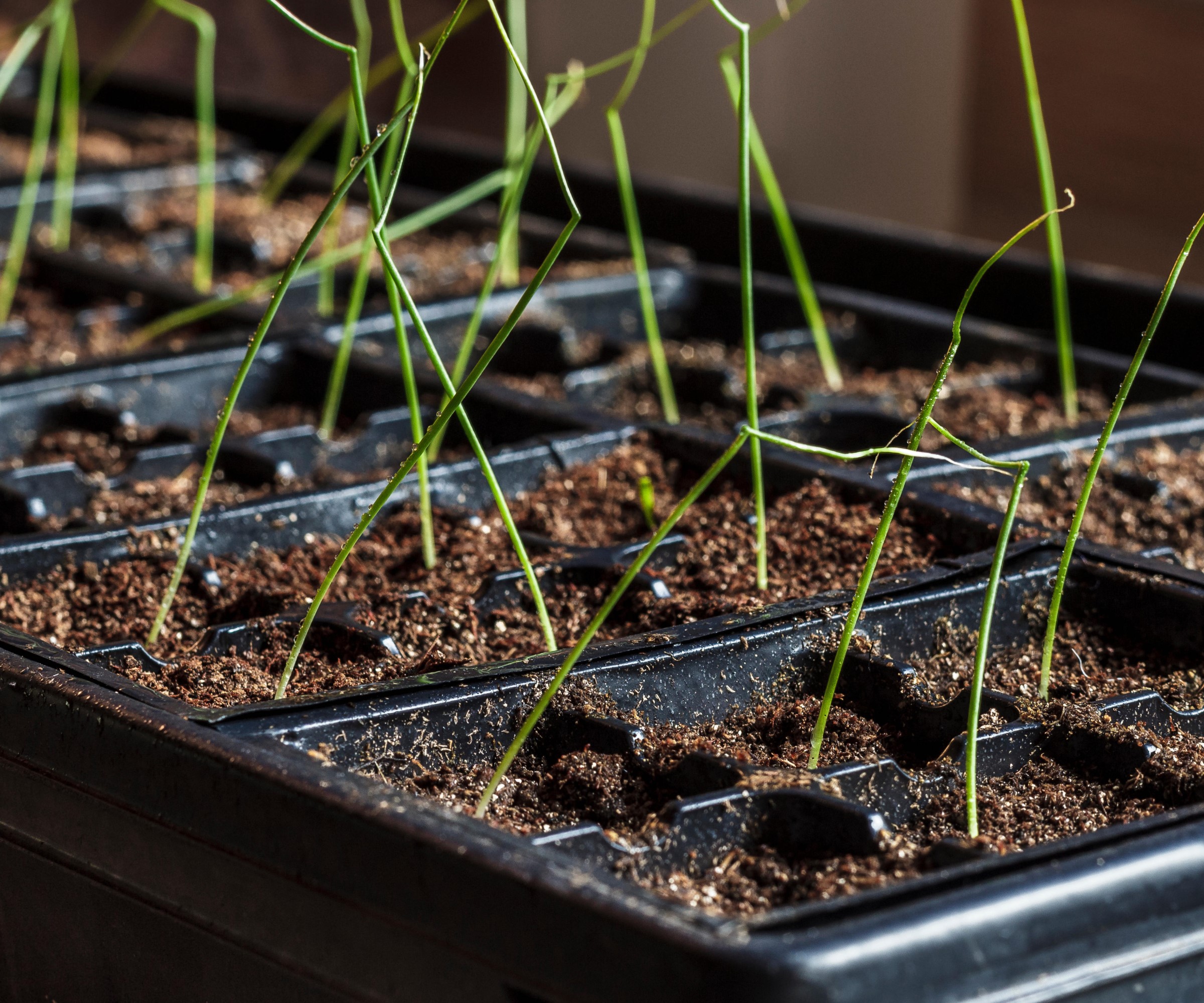
Onions can be grown from sets or seeds, the sets are either planted in fall or spring but January is a fantastic time to start growing onions from seeds.
Some growers start sowing seeds on Boxing Day, but I have traditionally started planting my onion seeds indoors in January - and have had fantastic results over the years. There are many more types of onions to grow from seed than you can get as sets, and they can be sown throughout January and February.
Sow the seeds thinly in a tray, or put 3-4 seeds into pots or modules to thin out as they germinate. The seeds should germinate within a few weeks at temperatures of 50–60°F. Keep them moist, give them plenty of light, and plant your onion seedlings when they reach around four inches in height.
You can see the range of onion seeds available at True Leaf Market
7. Pea Shoots

Pea shoots are one of the best microgreens to try, they are a simple crop to grow and can give you a really fast harvest. They are ideal for growing on a warm and sunny windowsill and you can get multiple croppings from one tray of pea shoots.
The tender tips of peas are packed full of nutrition and taste delicious - which is why chefs I grew vegetables for always wanted a year-round harvest of pea shoots. The crop can be grown outdoors in summer, but grown year-round indoors.
To grow them inside in winter, you need a shallow and wide tray. Fill it with compost and spread the peas out over the surface before covering them with a thin layer of additional compost.
Keep them moist, but not waterlogged, and place them somewhere warm and light - such as a south-facing windowsill - and they should be ready to be cropped within a few weeks. Snip the shoots back to the top set of leaves and they will resprout for another harvest.
A packet of organic microgreen seeds. Speckled peas are a great variety of peas to grow for pea shoots in as little as 8-14 days.
8. Garlic
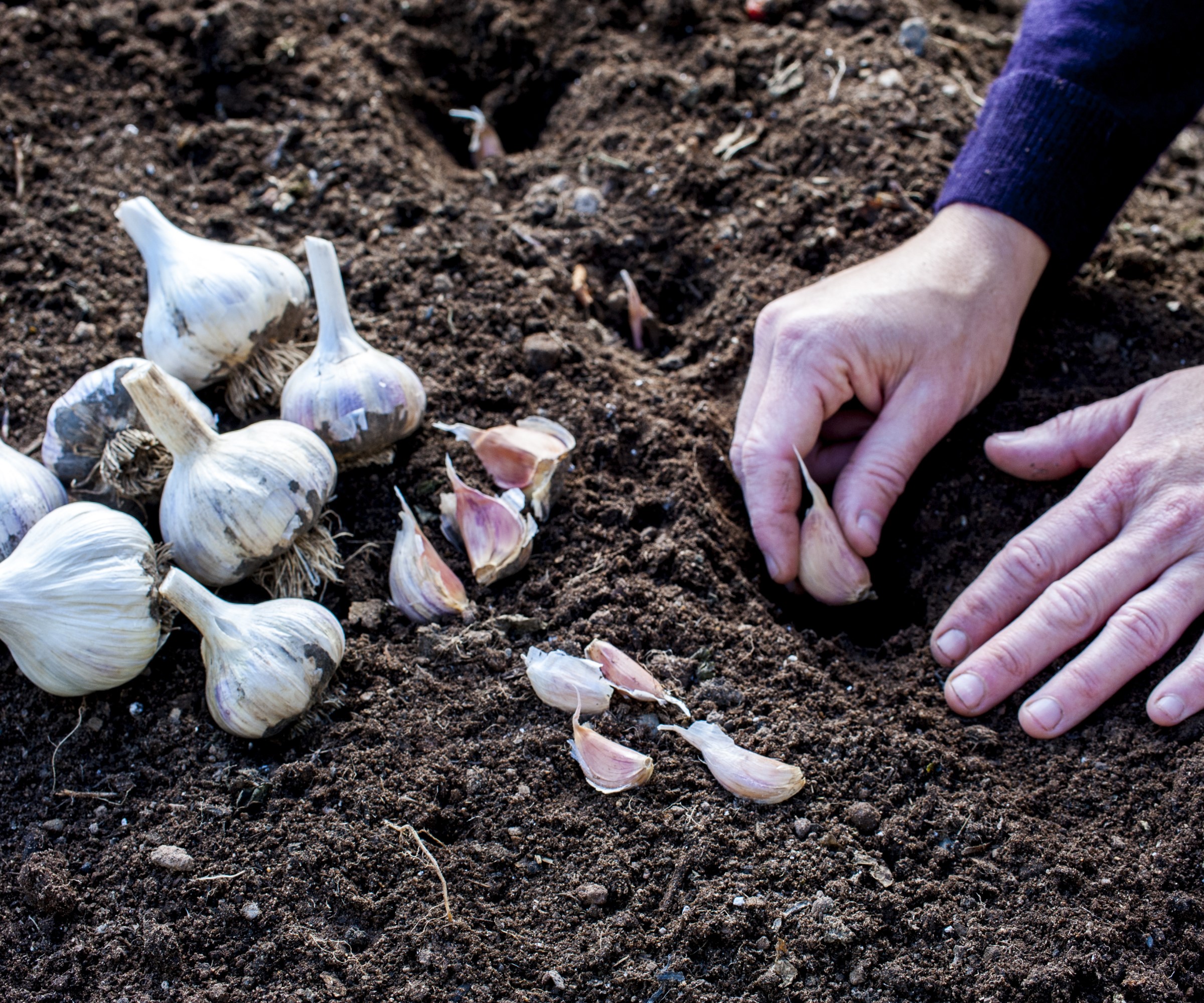
If you have not planted garlic yet, there is still time to get softneck types of garlic planted this month. When growing garlic, most growers aspire to get bulbs in the ground in the fall, but you can still get a good garlic harvest from cloves planted in January. The bulbs may be smaller than fall-planted garlic, but still perfectly usable.
Garlic needs cold weather temperatures to vernalize and start growing, which can be supplied in many colder climates by planting outdoors this month. If you have heavy or waterlogged soil, plant the garlic in pots to then transfer into the garden once the soil is workable. Leave those pots outside in an open cold frame or protected spot.
A softneck variety of garlic that originates from the Transylvanian Mountains. It can be planted in early spring for a summer harvest about 90 days from planting.
FAQs
Can you sow lettuce in January?
Early crops of lettuce can also be sown and grown indoors in backyard greenhouses in January. They can grow happily in the milder protected temperatures and it makes hardy types of lettuce one of the best foods to grow in a greenhouse during the winter months.
While it can be beneficial to start vegetable seeds indoors early, it is not a prerequisite to success. There are pitfalls and problems that come with sowing seeds early, such as spindly seedlings and plants stalling when planted out due to being pot-bound.
If you have the set-up to be able to sow indoors early, then by all means take advantage of that. If you do not, however, do not fret. It is not essential and you can still enjoy the rewards of homegrown vegetables by waiting to sow until the temperatures increase in a month or two.







